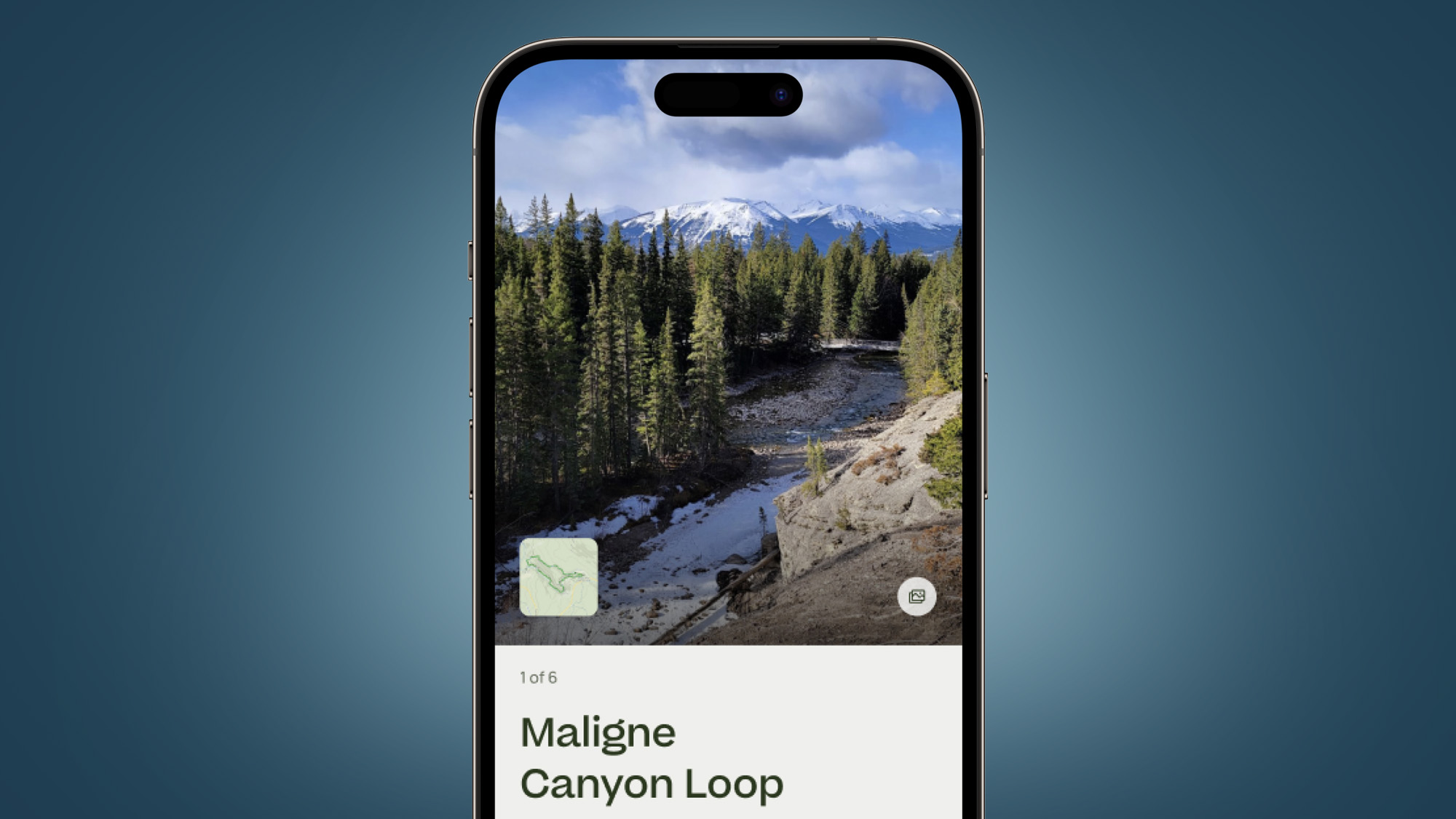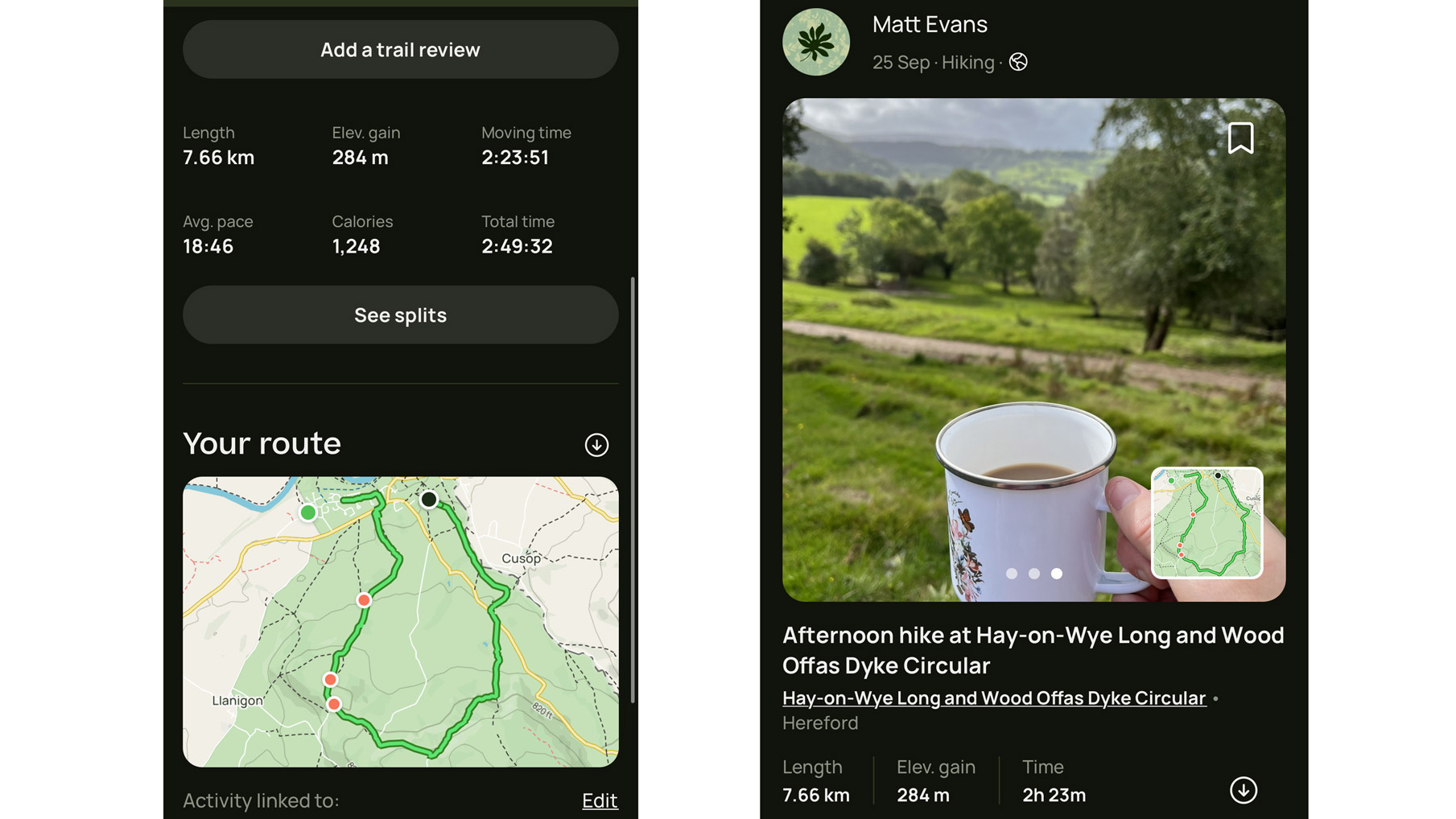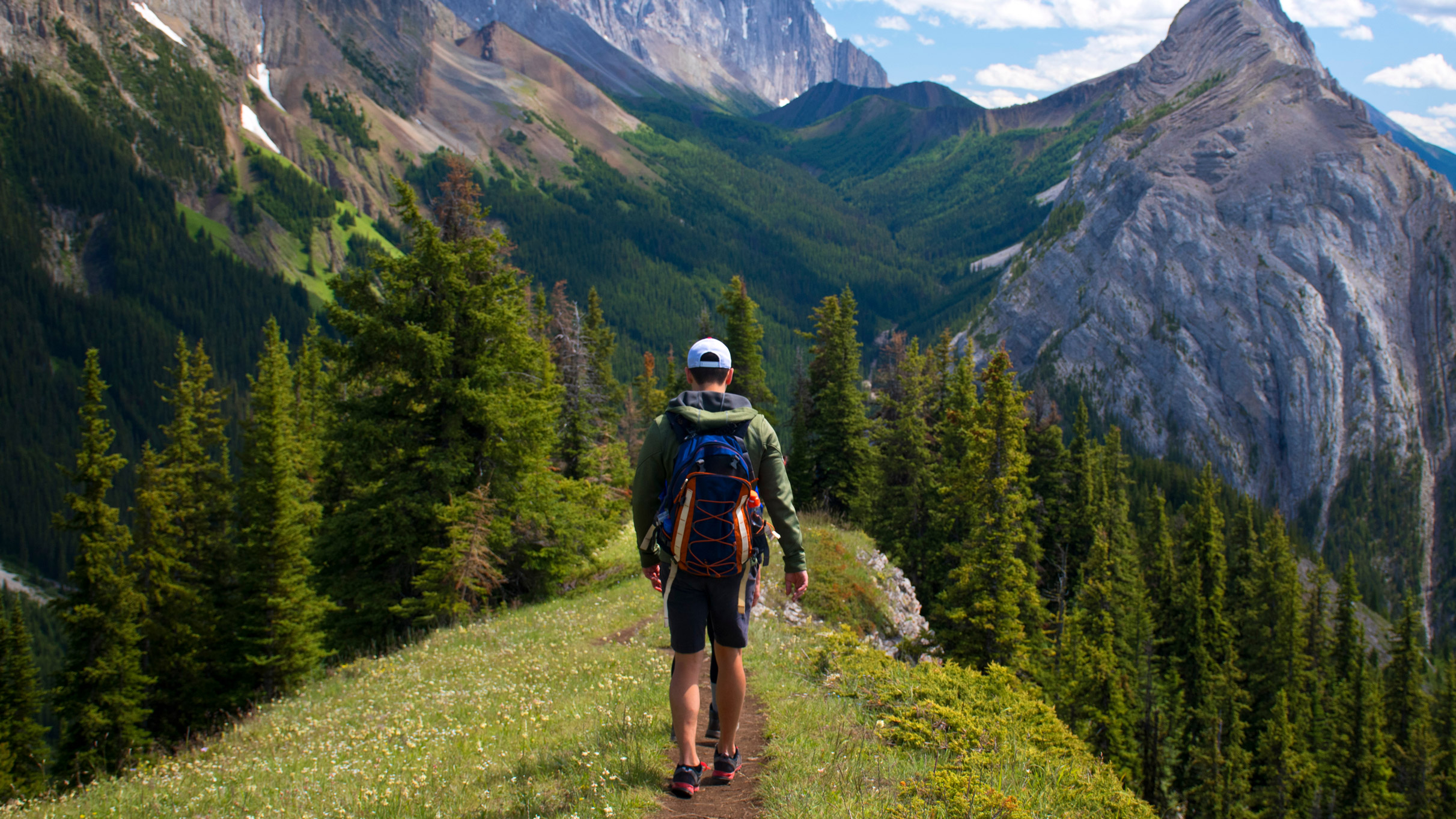
Apple has unveiled the 14 winners for its annual App Store Awards, recognizing apps and games across iPhone, iPad, Mac, Apple Watch, and more. Among the great stuff like iPad app of the year (Prêt-à-Makeup) and Apple Watch app of the year (Smartgym), there is Apple’s iPhone app of the year: AllTrails.
One of the best fitness apps, the choice of AllTrails is a fantastic representation of how our tech can work with us to make the outside world easier to access.
In a nutshell, AllTrails is a little like Strava for hikers (check out our Strava vs AllTrails breakdown) and other outdoorsy folk. AllTrails lets you sort for local trails by distance and activity (hiking, of course, but also biking, running, backpacking, off-road driving, camping, rock climbing, and more). While Strava is happy to cover trails, its focus on popular running and cycling routes makes it just as popular for city and local park use.
AllTrails offers circular GPS routes rated by the community, and you’ll see plenty of photos and maps generated by other users, along with useful tags like “partially paved”, “historic site” or “wildflowers”. You can record your progress along the trail using your phone’s GPS, manually pausing or starting recordings with your Apple Watch, and view details on speed and elevation.
All this is part of the free version. For $35.99 / £35.99 / AU$35.99, you get AllTrails Plus, which includes advanced 3D mapping, downloadable maps, extra community features, and full integration (including maps and routes) with your best Apple Watch. It offers alerts when you deviate too far from the trail and ceases those annoying ads and “Try AllTrails+” prompts on the app.

I decided to go hiking in September while staying near the Black Mountains in Wales. I used the free version of AllTrails in the morning, to find a suitable community-approved route at the right level of difficulty. Punching in the local area brought up a list of commonly tackled hikes, and I soon found one of moderate difficulty, with a few photos and details, and an average time of completion. What’s more, it was a circular route, so we could do an eight-kilometer loop and be back in the village in time for a pub lunch.
On the hill, I used AllTrails to check directions, opening the map when the route no longer became clear or when I wanted to double-check we weren’t straying onto private land. Helpfully, there were also written instructions and community photos to make sure I knew where I was going at all times.
Afterwards, AllTrails logged my elevation stats and speed. I compared it to my Apple Watch’s hiking tracking on the native Workout app and found it measured up very well. It was a great hike – we even stopped for a cup of tea from a thermos halfway around and sat on a log looking out over the mountains – and the app made accessing the view way easier.

Compared to my other outdoor-focused app, Strava, it’s a very different experience, even though from the outset, they look and feel somewhat similar. Both offer the ability to check out routes in advance and see what the community says about them. Both track your progress along the route, monitor your statistics, and encourage you to share your results and photos with the rest of the community.
However, Strava tends to focus on the athletic side of its content. Even while it is community-minded, it leans towards enabling connection through running and riding groups, challenges, and beating each others’ segments. AllTrails is less goal-orientated and, while it does track speed, it’s more focused on enabling an enjoyable outdoor experience than beating or holding records at your local parkrun.
It’s a great piece of kit, a well-deserved app of the year, and the free version is worth having on your phone if you love to get outdoors even occasionally. Who knows? It might become a habit.







